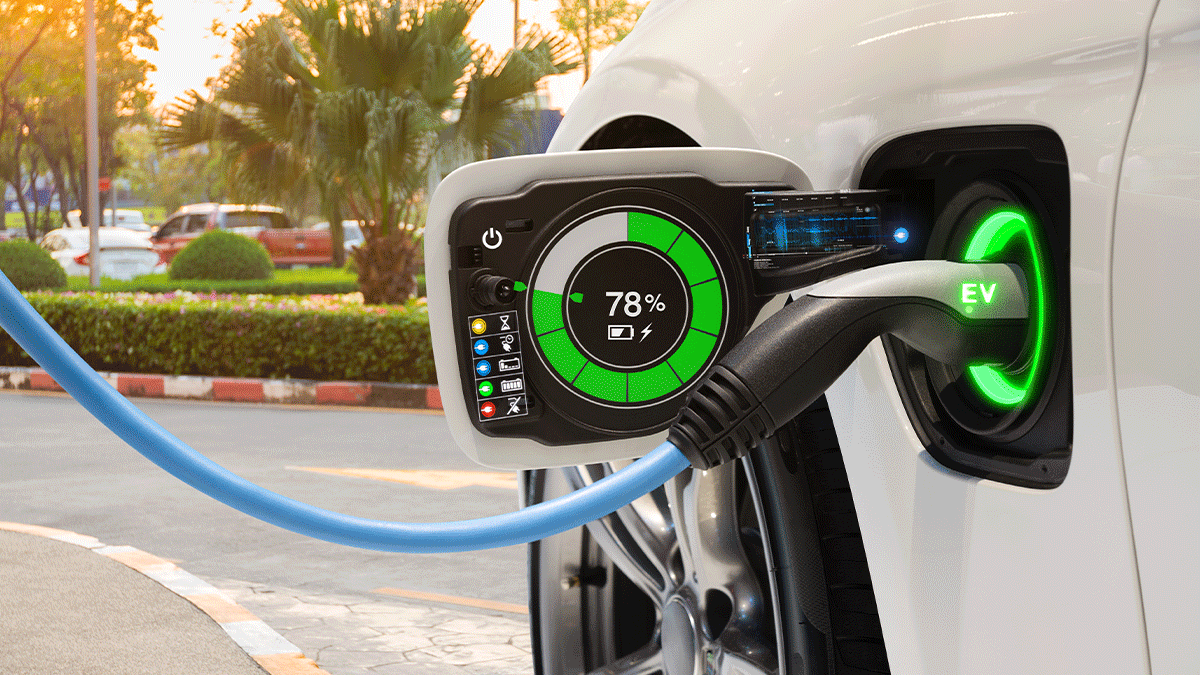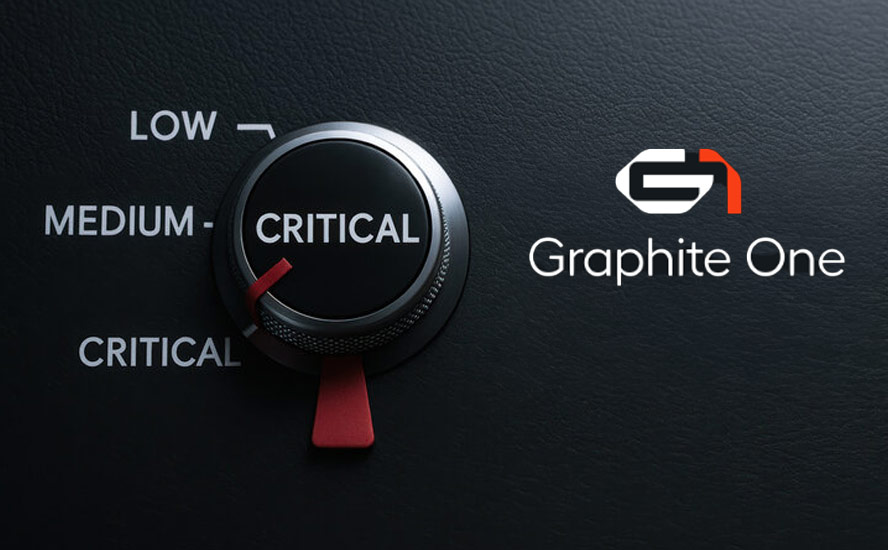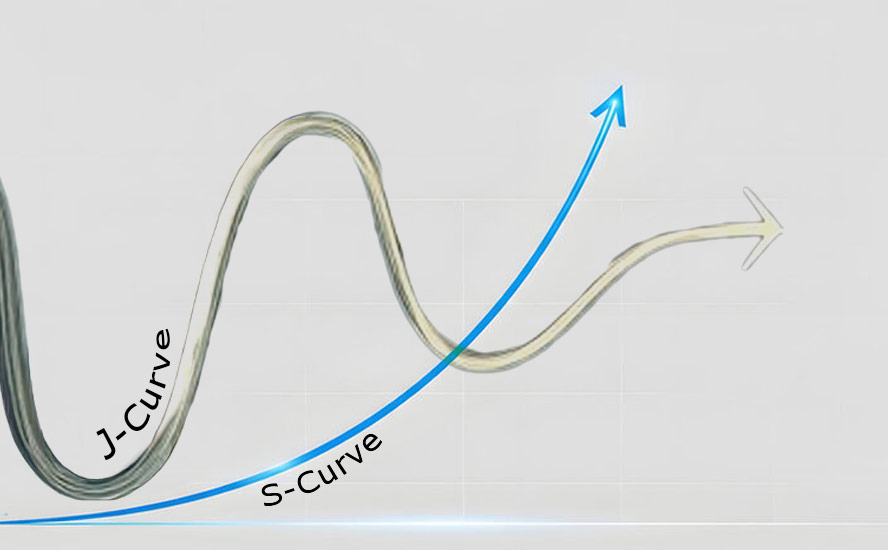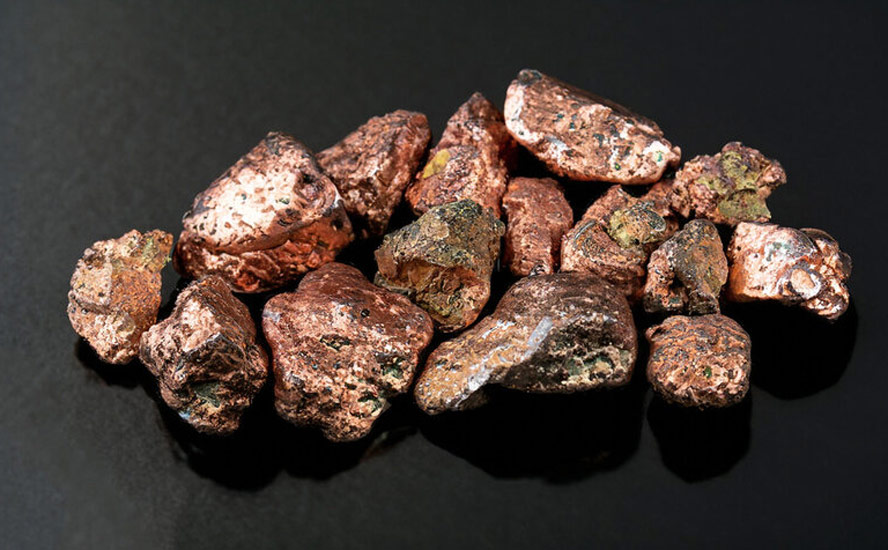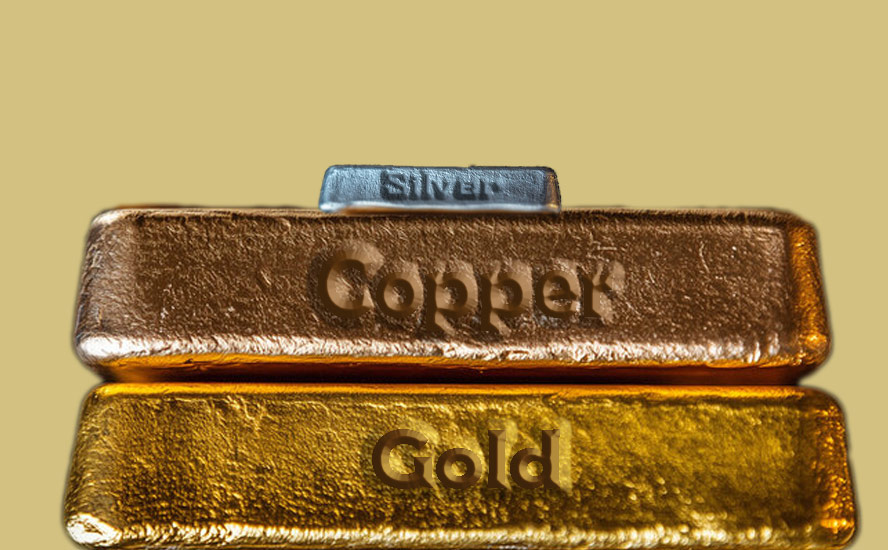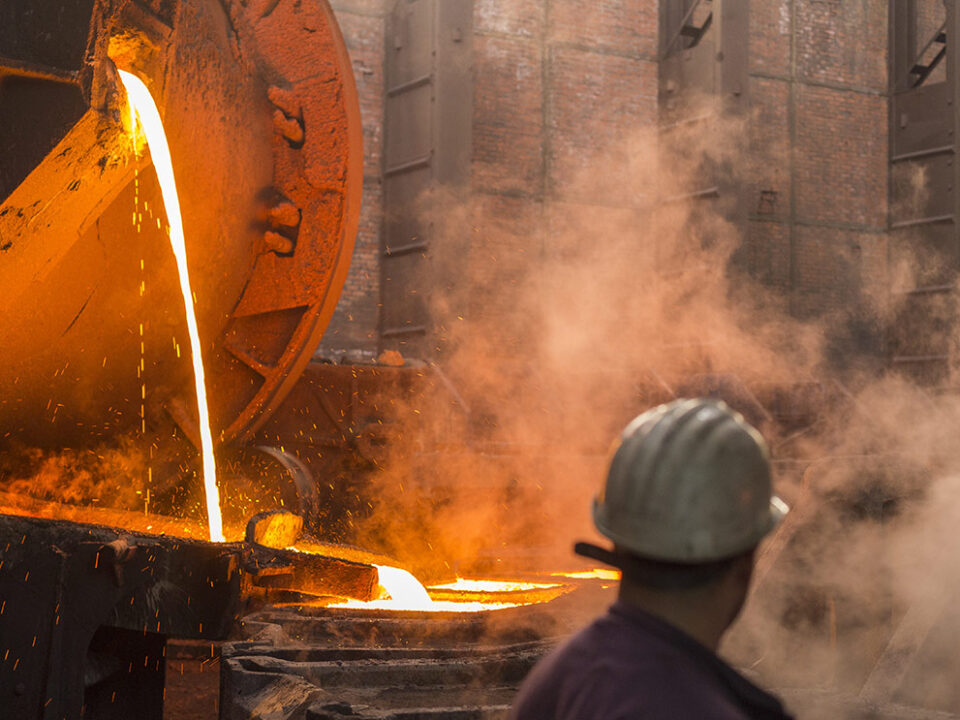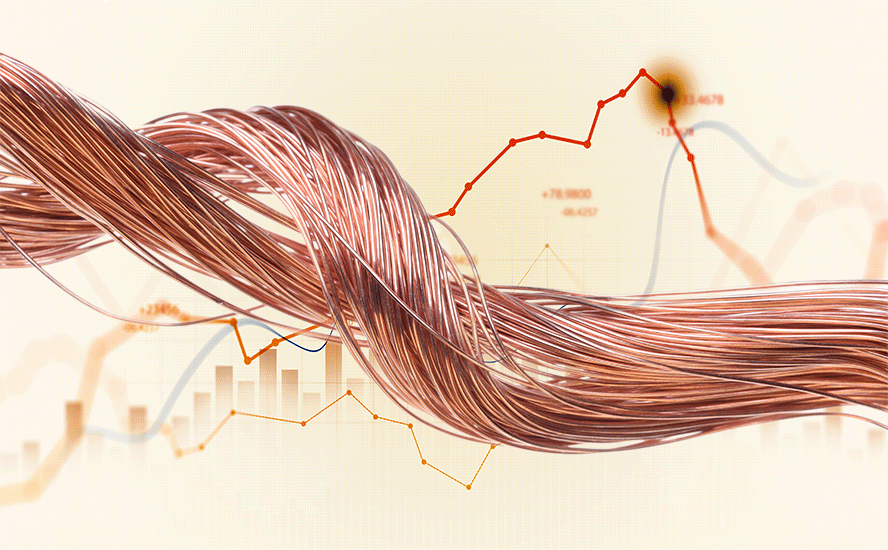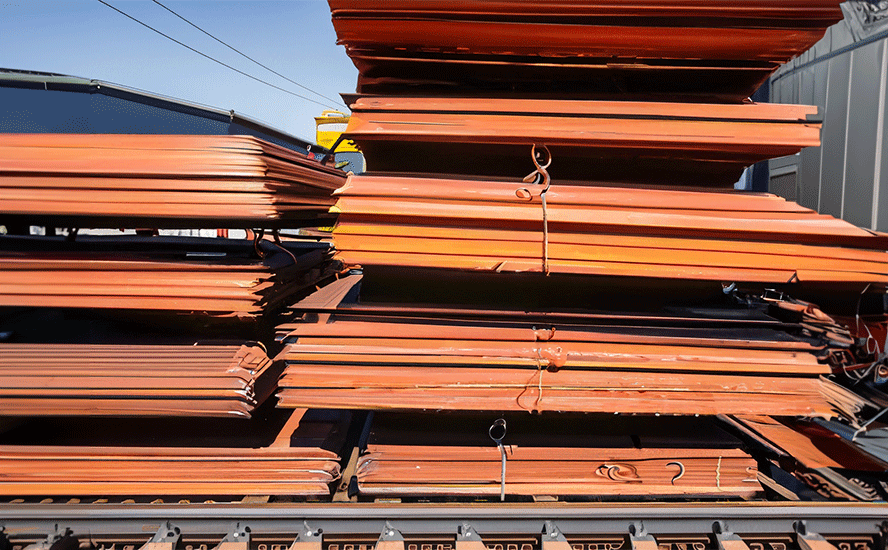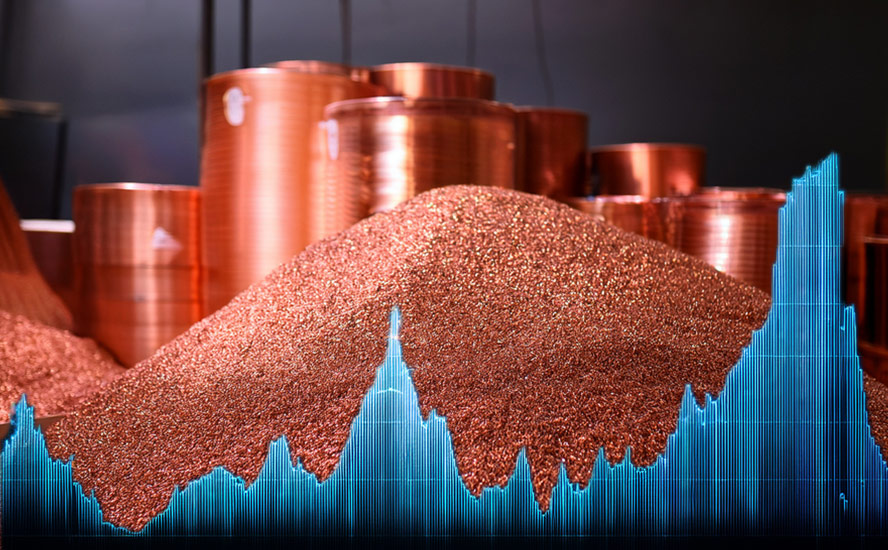Graphite One is building America’s first graphite source ahead of EV materials supply squeeze – Richard Mills
2023.05.26
For all the talk about needing more lithium to feed our vehicle electrification process, there isn’t enough being spoken about graphite, another critical mineral just as important, if not more.
As a matter of fact, graphite is the ideal choice for battery anode material, which is responsible for storing and releasing electrons during the charging and discharging process. Due to its natural strength and stiffness, graphite is an excellent conductor of heat and electricity, meeting the voltage requirements of not only EV batteries but stationary ones as well.
Today, graphite represents the largest component in EV batteries by weight, constituting 45% or more of the cell. Nearly four times more graphite feedstock is consumed in each battery cell than lithium and nine times more than cobalt.
Needless to say, graphite is very much indispensable to the EV supply chain. BloombergNEF expects graphite demand to quadruple by 2030 on the back of an EV battery boom transforming the transportation sector.
The International Energy Agency (IEA) goes 10 years further out, predicting that growth in graphite demand could see an 8- to 25-fold increase between 2020-2040, trailing only lithium in terms of demand growth upside.

Now the question becomes whether we have enough graphite to sustain the demand pressures of the global EV revolution. To answer that, we first need to understand where the anode material comes from, and what makes graphite so in-demand.
Graphite — A Closer Look
Graphite is a mineral composed of stacked sheets of carbon atoms with a hexagonal crystal structure. It occurs naturally in igneous and metamorphic rocks, where high temperatures and pressures compress carbon into graphite. It’s the most stable form of pure carbon under standard conditions.
Graphite is very soft, has a low specific gravity, is relatively non-reactive, and, as mentioned, has high electrical and thermal conductivity. As such, it is used in a wide range of industrial applications including in synthetic diamonds, batteries, pencils, lubricants and semiconductor substrates.
While it comes in many different grades and forms, the graphite used in EV batteries falls into one of two classes: natural or synthetic.
Natural graphite is produced by mining naturally occurring mineral deposits. This method produces only one to two kilograms of CO2 emissions per kilogram of graphite. Synthetic graphite, on the other hand, is produced by the treatment of petroleum coke and coal tar, producing nearly 5 kg of CO2 per kilogram of graphite along with other harmful emissions such as sulfur oxide and nitrogen oxide.
To turn either of these into the battery anode material, graphite must go through four overarching steps: mining, shaping, purifying, and coating. Each of these stages results in various forms of graphite with different end-uses.
For instance, the micronized graphite that results from the shaping process can be used in plastic additives. On the other hand, only coated spherical purified graphite (CSPG), which has to go through all four stages, can be used in EV batteries.
It’s estimated that an electric car can contain up to 100 kg of CSPG, meaning it could take 10 to 15 times more graphite than lithium to make a Li-ion battery. But due to losses in the manufacturing process, sometimes it can take even 30 times more graphite.
According to the World Bank, graphite now accounts for more than half of the mineral demand in batteries, the most of any. Lithium, despite being a staple across all batteries, accounts for only 4% of demand.
Again, this goes to show how important graphite is to the EV sector, and how much it has been overshadowed by lithium. Graphite is so essential to a lithium battery that Elon Musk famously said: “Our cells should be called nickel-graphite, because primarily the cathode is nickel and the anode side is graphite with silicon oxide.”
Forthcoming Graphite Squeeze
In the past, the sector has mostly overlooked any potential problems in securing graphite for EV batteries.
After all, graphite is plentiful, with a well-developed supply chain due to longstanding demand, especially from many other industries such as steel-making and electronics. It’s also much cheaper, with the raw material priced at roughly one-tenth that of lithium. In 2022, graphite made up just 2% of the battery cost, according to consultants at Kearney.
However, what many are forgetting are two important trends concerning graphite: 1. Demand is accelerating at a rate never seen before; and 2. The industry is shifting towards natural graphite.
An analysis of expected demand by Benchmark Mineral Intelligence suggests that graphite has the largest future gap between supply and demand—even more than that of lithium. Graphite demand is likely to grow by a factor of eight by 2030 over 2020 levels (4.2 metric tons over a supply of 3.0), and 25 times by 2040, said Benchmark. That translates into a predicted supply shortfall of 30% for graphite, compared to 11% for lithium (2.4 over 2.1), 26% for nickel (1.5 over 1.1), and 6% for cobalt (0.32 over 0.30).

By then, the world’s graphite supplies will not even be able to cover demand for EVs, let alone all end-use sectors, BMI projections showed.
Then there’s the problem with the type of graphite used. For ages, synthetic graphite has held the lion’s share of the battery market (57% of the anode market in 2022, according to BMI), because it performs better in electrolyte compatibility and has fast-charge turnaround and battery longevity. But compared to the natural version, it costs nearly double and has a lower capacity.
Importantly, synthetic graphite is very energy intensive. BMI estimates that anode production using synthetic graphite can be over four times more carbon intensive than with natural graphite. Not to mention the aforementioned pollutants, which make synthetic graphite counterproductive to our climate goals.
For these reasons, EV manufacturers are beginning to show a preference for natural graphite supplies, especially as processors have improved the resulting purity. It’s widely expected that the world’s natural graphite production is likely to outpace synthetic yields by 2030 (see below).

Flake graphite, which, as the name implies, has a distinctly flaky or platy morphology, is the most common type of natural graphite found in batteries. Only flake graphite upgraded to 99.95% purity can be used.
Herein lies a bigger problem: natural flake graphite is very difficult to source. Only about 20 countries make up the world’s supply, many of which produce insignificant amounts (<10,000 tonnes a year). Complicating matters is that not all mined material produces the required purity for EV battery consumption.
China is currently by far the biggest producer with nearly three-quarters of the world’s graphite production. Due to weak environmental standards and low costs, China also controls almost all graphite processing, establishing itself as the dominant force in every stage of the supply chain.
US Critical Mineral
As much as the United States wants to keep pace with China in the global EV race, it just can’t do so without having a reliable graphite supply. At the moment, the US does not mine any graphite, so it is solely reliant on imports.
According to the USGS, in 2022 the US imported 82,000 tonnes of natural graphite, of which 77% was flake and high-purity. The top importers were China (33%), Mexico (18%), Canada (17%) and Madagascar (10%).
But taking into account the fact that EV batteries require run-of-mine graphite to go through purification and coating, a process controlled by China, the US is actually not 33% dependent on China for its battery-grade graphite, but 100%. This is a precarious position to be in should the country want to stay in contention for EV dominance.

It’s entirely possible that one day, the Chinese government just decided to restrict sales to the West, even if its mine owners still like to keep selling. In a recent letter to shareholders, JP Morgan Chase CEO Jamie Dimon pointed out that “China, using subsidies and its economic muscle to dominate batteries, rare earths, semiconductors or EVs, could eventually imperil national security by disrupting our access to these products and materials.”
This is why graphite is firmly placed on the US government’s critical minerals list, and is identified as one of five key battery minerals that are at risk of supply disruptions. The other four — lithium, nickel, cobalt and manganese — typically form the cathode that decides the capacity and therefore tend to get more attention. But graphite, as the anode material, is probably the most crucial one since it’s far superior to current alternatives.
According to the USGS, the battery end-use market for graphite has already leaped by 250% since 2018. It’s thought that battery demand could gobble up well over 1.6 million tonnes of natural flake graphite per year.
For context, the 2022 mine supply was about 1.3 million tonnes, which means we’re very close to entering, if not already, a period of deficits. Remember, as Benchmark Mineral Intelligence projects, natural graphite will have the largest supply shortfalls of all battery materials by 2030, with demand outstripping expected supplies by about 1.2 million tonnes.
And this is just counting EV battery use only; the mining industry still needs to supply other end-users. The automotive and steel industries remain the largest consumers of graphite today, with demand across both rising at 5% per annum.
BMI has said as many as 97 average-sized graphite mines need to come online by 2035 to meet global demand. That’s about eight new mines a year, which at first may seem doable but considering the number of graphite projects worldwide and the time it takes to develop them into mines, we’re really up against it.
Largest US Graphite Resource
Without any domestic production, the US is already falling way behind the pack. So far, the government has only identified 10 sites that include mineral regions, mineral occurrences, and mine features that contain enrichments of graphite.

The largest of those, as determined by the USGS, is the Graphite Creek deposit in Alaska, containing a measured and indicated resource of 37.6 million tonnes grading 5.14% Cg (graphitic carbon) for 1.93 million tonnes of natural graphite. It also has 243.7 million tonnes of inferred resources at 5.07% Cg, for another 12.3 million tonnes of natural graphite.
The deposit is being developed by Vancouver-based Graphite One (TSXV:GPH, OTCQX:GPHOF) as part of its Graphite Creek property situated along the northern flank of the Kigluaik Mountains, spanning a total of 18 km.
In early 2021, Graphite Creek was given High-Priority Infrastructure Project (HPIP) status by the Federal Permitting Improvement Steering Committee (FPISC), which is responsible for the environmental review and authorization process for certain large-scale critical infrastructure projects.
The HPIP designation allows Graphite One to list on the US government’s Federal Permitting Dashboard, which ensures that the various federal permitting agencies coordinate their reviews of projects as a means of streamlining the approval process. In other words, having HPIP means that Graphite Creek will likely be fast-tracked to production.
Last fall, Graphite One underwent a major de-risking event with the release of a prefeasibility study (PFS), which portrays the Graphite One project as highly profitable, with expected costs of $3,590 per tonne measured against an average graphite price of $7,301 per tonne.
Once up and running, the mine would produce, on average, 51,813 tonnes per year (tpy) of graphite concentrate for its projected 23-year mine life. The company itself would produce about 75,000 tpy of products, of which 49,600 tpy would be anode materials, 7,400 tpy purified graphite products, and 18,000 tpy unpurified graphite products.
The PFS is based on exploration of only one square kilometer of the 16-km deposit, meaning that it could easily crank up production by a factor several times the current (proposed) run rate of 2,860 tonnes per day. Drill results to date indicate the resource remains open down dip and along strike to the east and west.
Given its significant graphite resource, which the USGS now places amongst the world’s largest, and the exploration upside, the company has the foundation to achieve its goal of becoming the first vertically integrated producer to serve the domestic EV battery market.
To do that, the company entered an MOU with Sunrise New Energy Material Company, a China-based lithium-ion battery anode producer, in April 2022. The intent is to develop an agreement to share expertise and technology for the design, construction and operation of a proposed graphite material manufacturing facility in Washington State.
Sunrise subsequently started preparing anode materials for sample purposes from Graphite Creek concentrate, and in December, it was revealed that the concentrate is being used to prepare sample battery anode materials for two major electric vehicle manufacturers, while an artificial graphite anode sample is being prepared for a third EV company.
Last month, Graphite One announced it has received the active anode material samples produced by Sunrise. These samples, along with specification data, were then provided to PNNL, the US Department of Energy lab with which it has a material transfer agreement, for additional testing. They were also sent to a leading EV manufacturer for evaluation.
Conclusion
On this latest update, Graphite One’s founder and CEO Anthony Huston commented: “This is a milestone moment for Graphite One. Being able to provide anode material manufactured from our Graphite Creek feedstock — to both a major EV maker and a US national lab — is a major step in our strategy to build a 100% US-based advanced graphite supply chain.”
Of course, further tests will have to be done to confirm that Graphite One’s product is indeed suitable for the EV industry, but so far it appears the company is on the right track. Having partnered with an established anode materials maker in China, the global EV leader, should help with the design and development of its own manufacturing facility in Washington state, which is already viewed as a priority by the US government.
But Graphite One won’t stop there; it also plans to build a recycling facility next to the manufacturing facility, engineered to accept used EV batteries for feedstock.
Between the mine, the manufacturing facility and the recycling plant, Graphite One plans to execute a “circular economy” strategy as it goes about building a US-based graphite supply chain. This, for a country with no domestic graphite production, would be a huge development.
Graphite One Inc.
TSXV:GPH, OTCQX:GPHOF
Cdn$1.45, 2023.05.24
Shares Outstanding: 125.8m
Market cap: Cdn$182.4m
GPH website
Richard (Rick) Mills
aheadoftheherd.com
subscribe to my free newsletter
Legal Notice / Disclaimer
Ahead of the Herd newsletter, aheadoftheherd.com, hereafter known as AOTH.
Please read the entire Disclaimer carefully before you use this website or read the newsletter. If you do not agree to all the AOTH/Richard Mills Disclaimer, do not access/read this website/newsletter/article, or any of its pages. By reading/using this AOTH/Richard Mills website/newsletter/article, and whether you actually read this Disclaimer, you are deemed to have accepted it.
Any AOTH/Richard Mills document is not, and should not be, construed as an offer to sell or the solicitation of an offer to purchase or subscribe for any investment.
AOTH/Richard Mills has based this document on information obtained from sources he believes to be reliable, but which has not been independently verified.
AOTH/Richard Mills makes no guarantee, representation or warranty and accepts no responsibility or liability as to its accuracy or completeness.
Expressions of opinion are those of AOTH/Richard Mills only and are subject to change without notice.
AOTH/Richard Mills assumes no warranty, liability or guarantee for the current relevance, correctness or completeness of any information provided within this Report and will not be held liable for the consequence of reliance upon any opinion or statement contained herein or any omission.
Furthermore, AOTH/Richard Mills assumes no liability for any direct or indirect loss or damage for lost profit, which you may incur as a result of the use and existence of the information provided within this AOTH/Richard Mills Report.
You agree that by reading AOTH/Richard Mills articles, you are acting at your OWN RISK. In no event should AOTH/Richard Mills liable for any direct or indirect trading losses caused by any information contained in AOTH/Richard Mills articles. Information in AOTH/Richard Mills articles is not an offer to sell or a solicitation of an offer to buy any security. AOTH/Richard Mills is not suggesting the transacting of any financial instruments.
Our publications are not a recommendation to buy or sell a security – no information posted on this site is to be considered investment advice or a recommendation to do anything involving finance or money aside from performing your own due diligence and consulting with your personal registered broker/financial advisor.
AOTH/Richard Mills recommends that before investing in any securities, you consult with a professional financial planner or advisor, and that you should conduct a complete and independent investigation before investing in any security after prudent consideration of all pertinent risks. Ahead of the Herd is not a registered broker, dealer, analyst, or advisor. We hold no investment licenses and may not sell, offer to sell, or offer to buy any security.
Richard owns shares of Graphite One Inc. (TSXV:GPH). GPH is a paid advertiser on his site aheadoftheherd.com
Legal Notice / Disclaimer
Ahead of the Herd newsletter, aheadoftheherd.com, hereafter known as AOTH.Please read the entire Disclaimer carefully before you use this website or read the newsletter. If you do not agree to all the AOTH/Richard Mills Disclaimer, do not access/read this website/newsletter/article, or any of its pages. By reading/using this AOTH/Richard Mills website/newsletter/article, and whether you actually read this Disclaimer, you are deemed to have accepted it.

